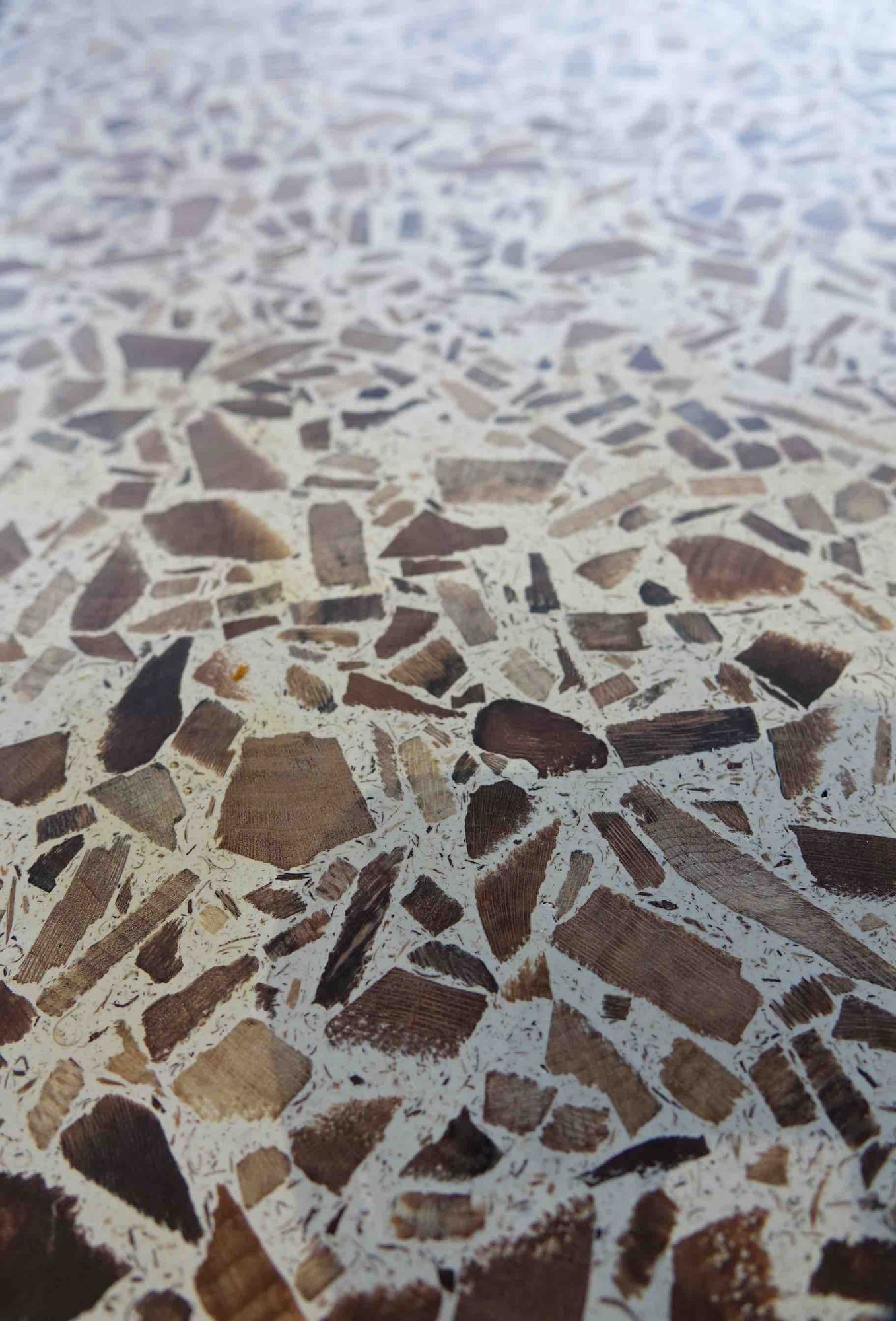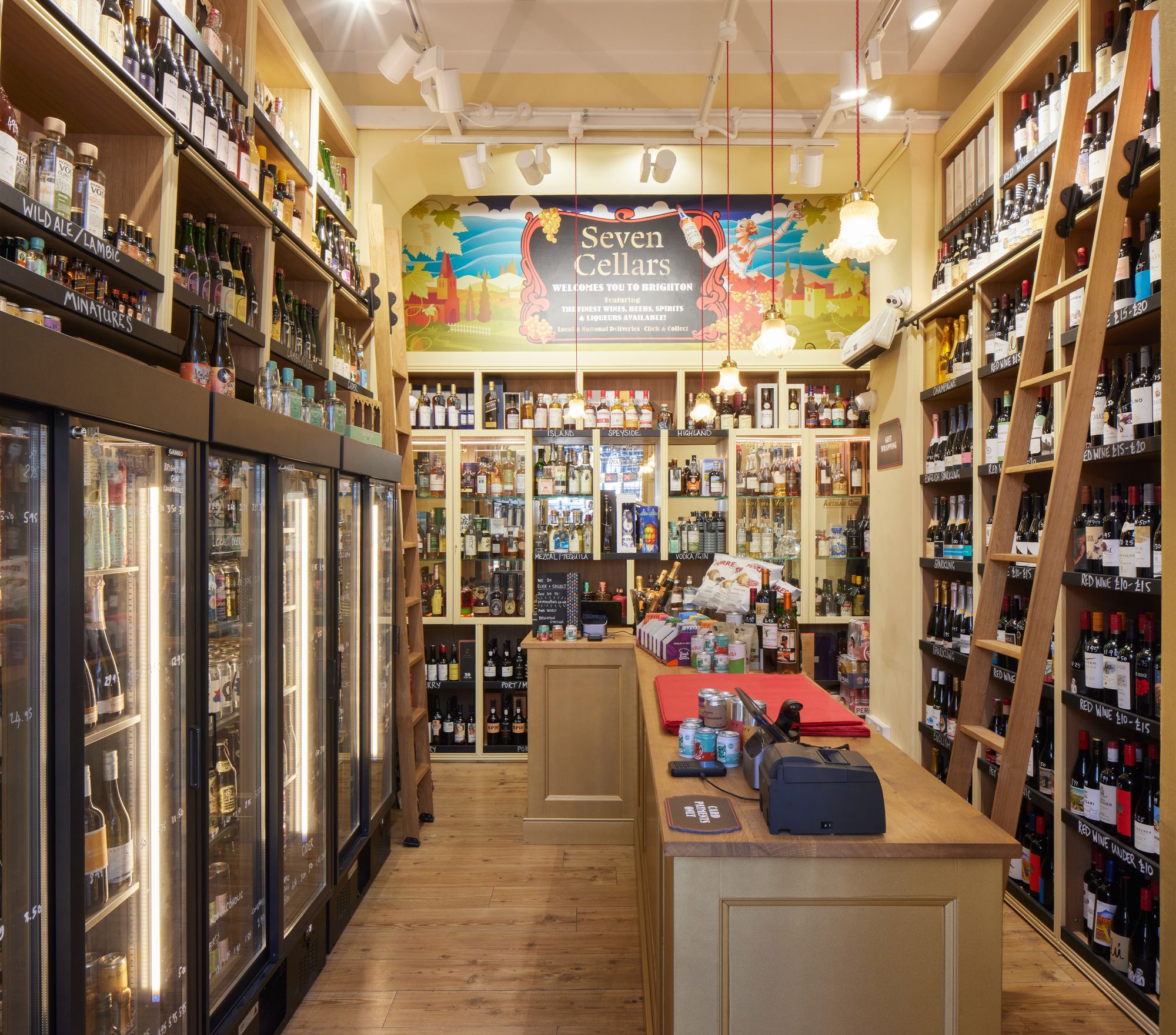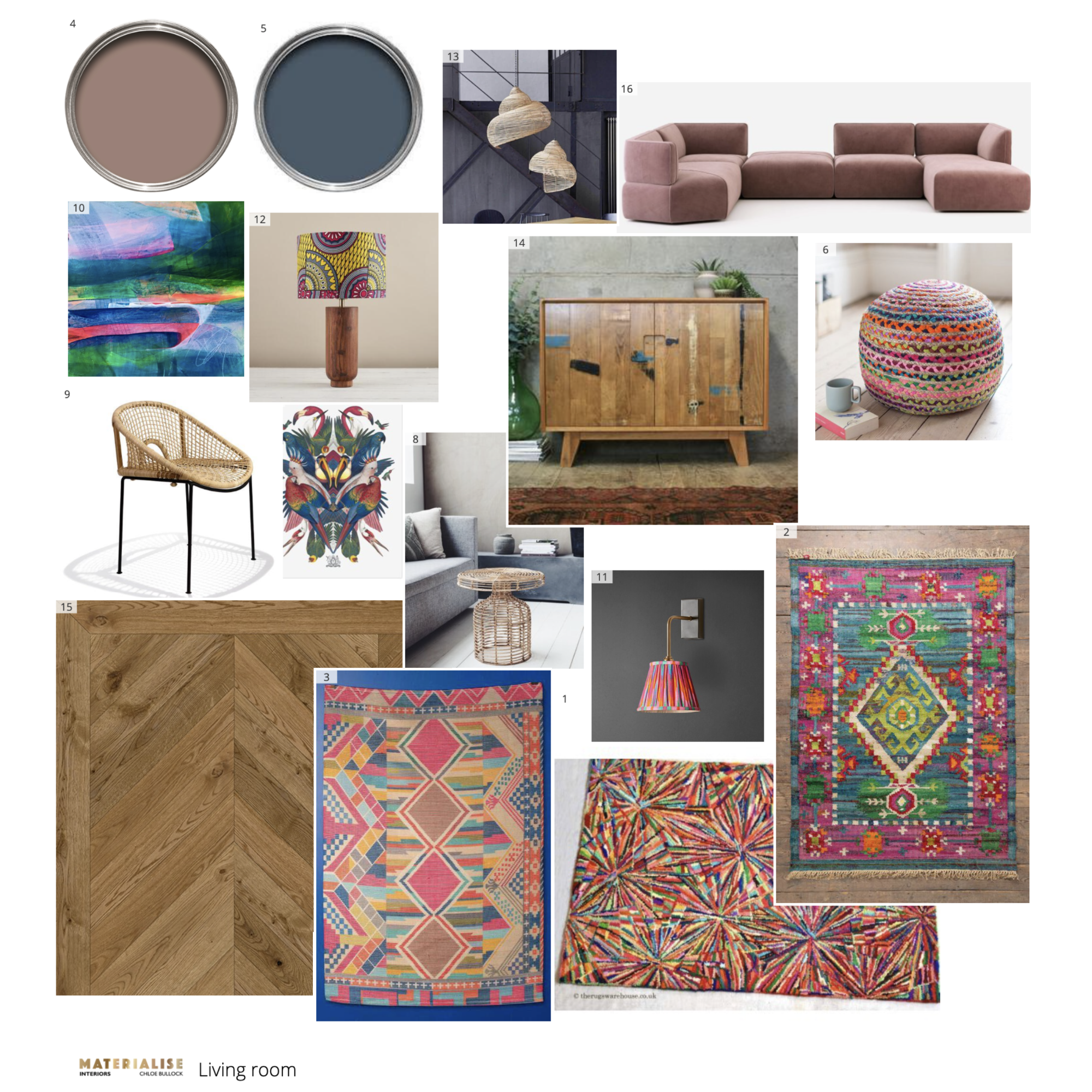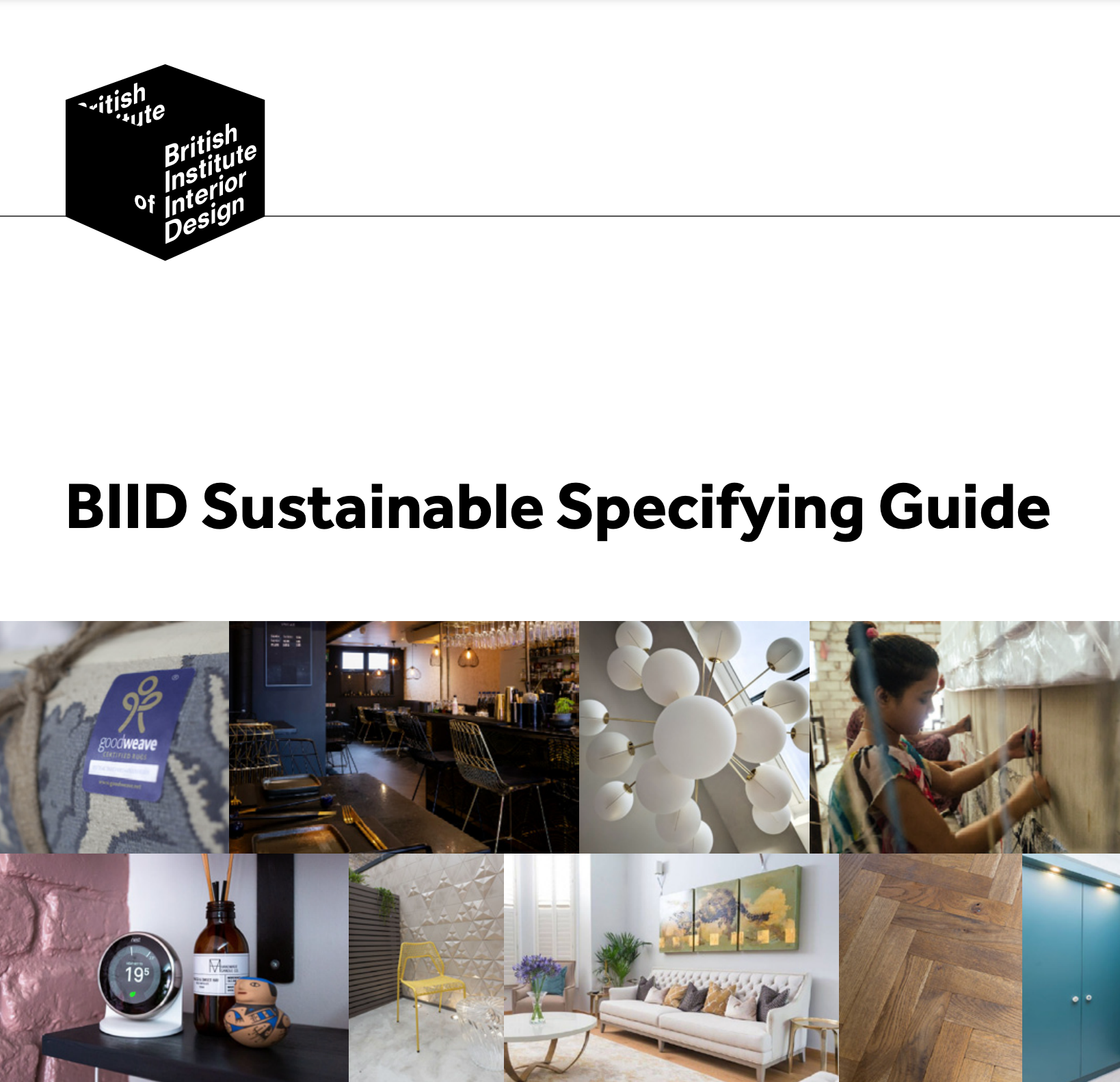Sustainable design
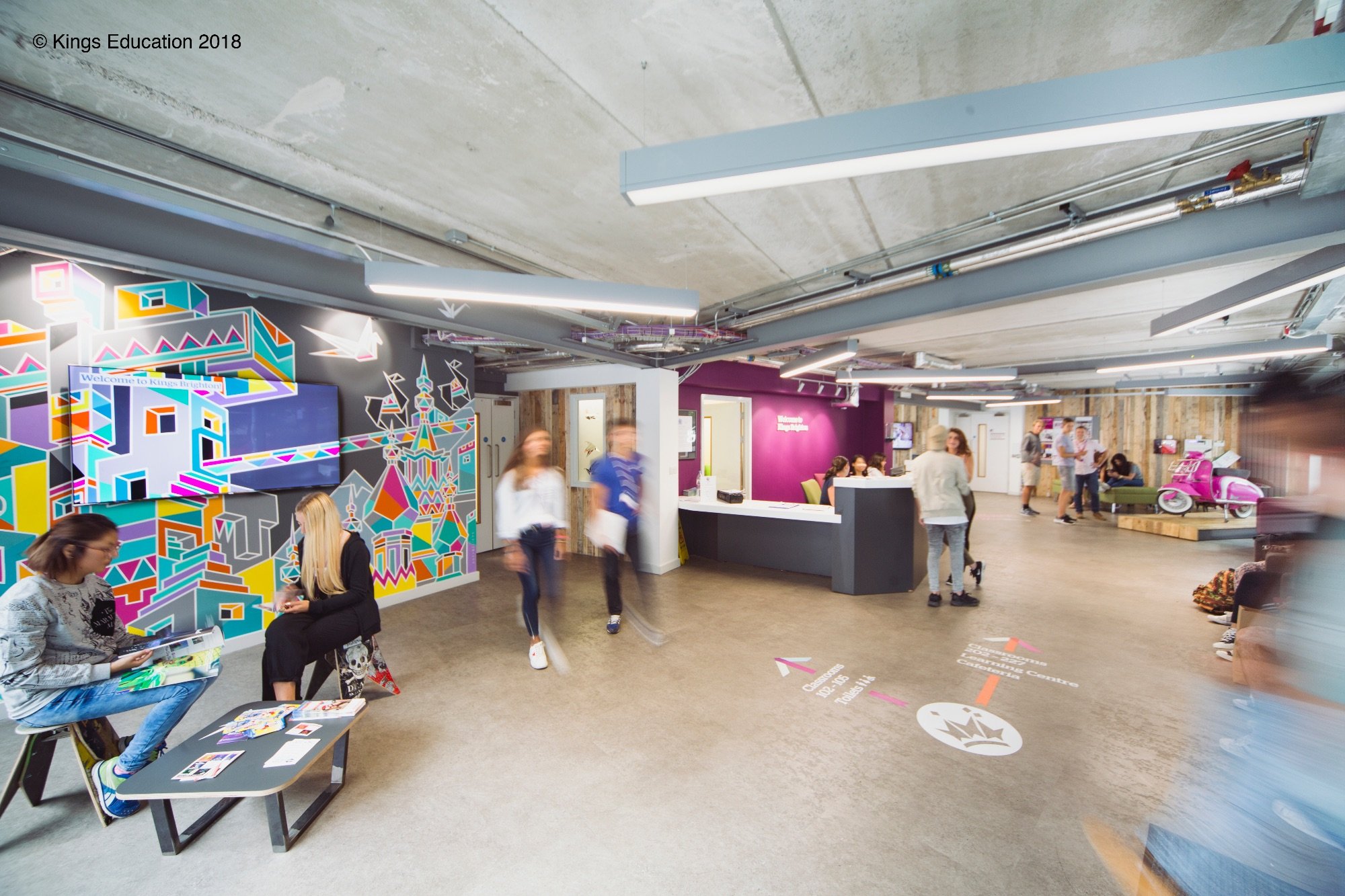
Planet-friendly
We are growing more and more aware of where things come from, the people & processes involved and the impact on the planet. So to support this, I help my clients by creating spaces and specifications that have a lower impact on the planet and people - whilst also looking luxurious!
I am Living Future Accredited which is a qualification from the International Living Future Institute on regenerative design - demonstrating 'what good looks like' through products, buildings and communities.
What does that mean?
- Energy efficiency – lighting, heating, window coverage.
- Water saving measures.
- Low impact specifications – specifying quickly renewable materials, using labels such as Forestry Stewardship Council (FSC) or Environmental Product Declaration (EPD) to select products.
- Conscious supply chains that ensure equity, health and wellbeing of those working in them.
- Encouraging a circular economy (waste reduction) – reduce, reuse, repair, recycle. Using Cradle to Cradle certified products.
- Design for longevity, to be multi-functional, flexible, adaptable and repairable.
- Waste management.
- Manual of drawings, specifications and suppliers for ease of maintenance and any future repair needs.
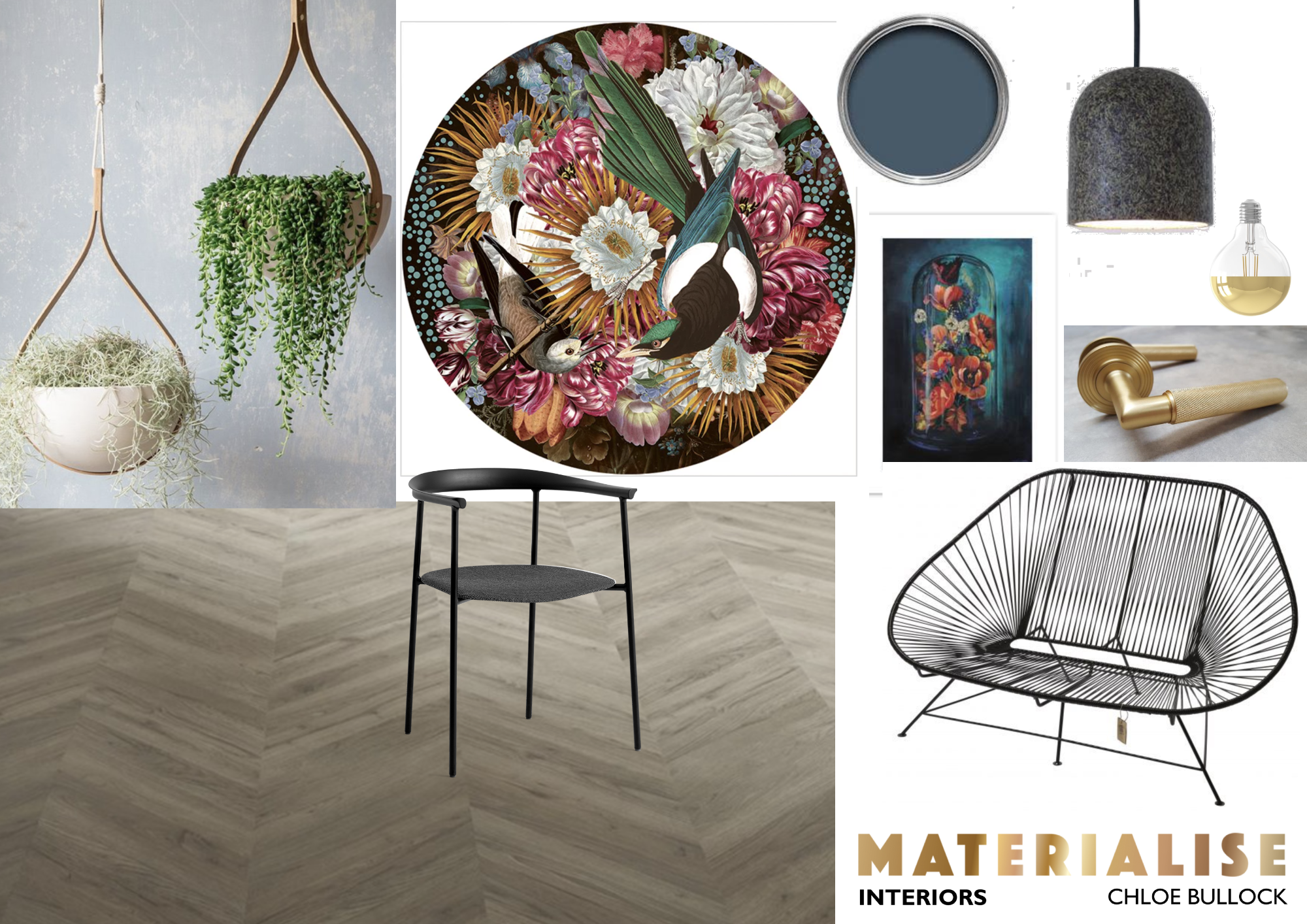
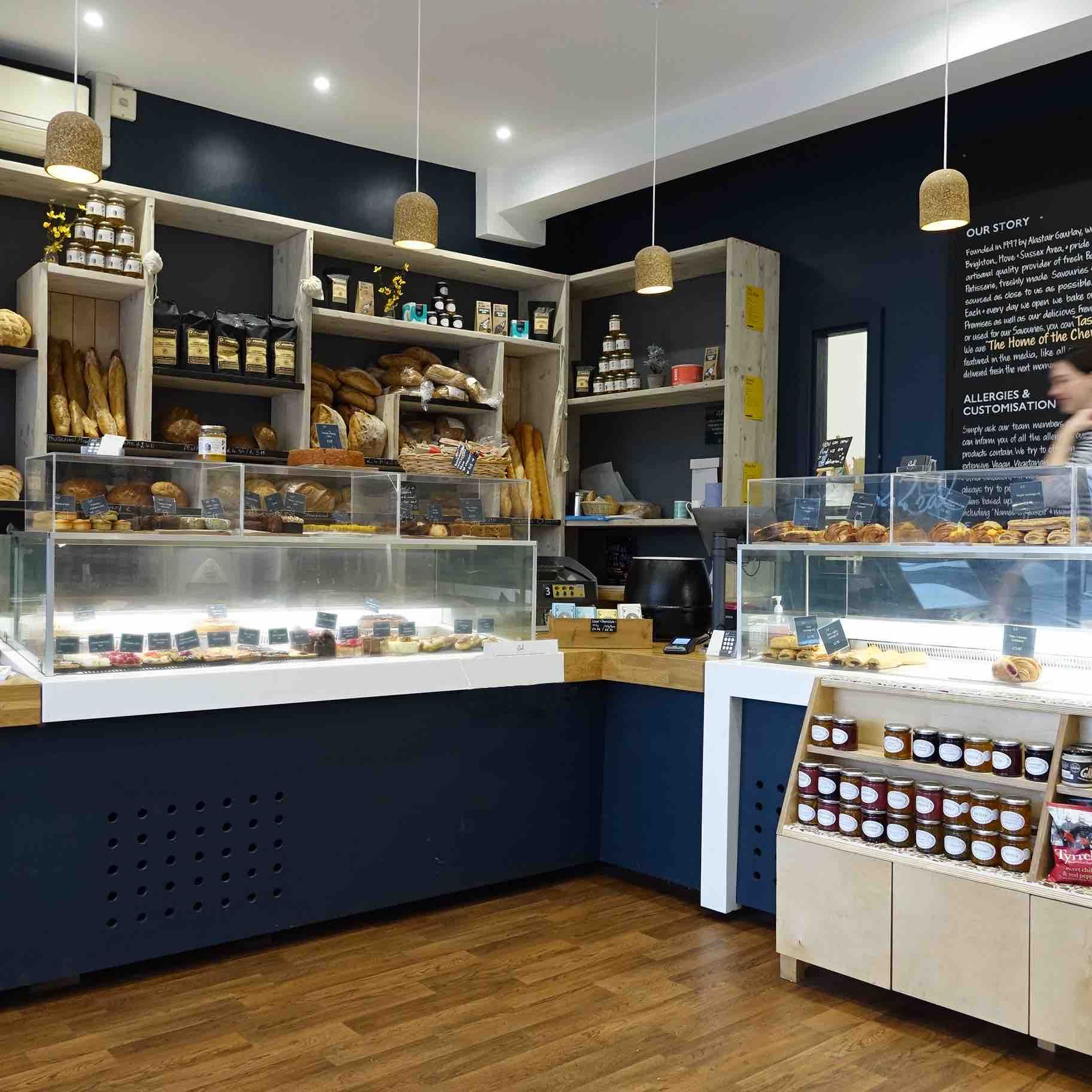
Specifications that can be used...
- FSC certified sustainable timber flooring and furniture
- Avoiding animal products
- Finishes and furnishing made from waste - using recycled content: floors, lighting, fabrics, surfaces, bedding.
- Carbon neutral linoleum and cork flooring
- Low energy lighting, low energy neon signs
- Non animal-tested paint – internal and external
- CO2 absorbing natural mineral paint
- Fair Trade elements
- GOTS and Soil Association certified cotton
- Many alternatives to animal products: avoiding petrochemicals, using waste, recycle fishing nets, Tencel, Lyocell
- Use of automation to save energy: sensor lighting, shading, climate control
- Colour changing circadian lighting to tune the body into the day and aid restful sleep
- Good air quality - avoiding off-gassing and toxic materials, finishes, furniture
- Good water quality and water saving
- Access to nature - biophilic benefits of having natural materials, plants and even imagery using plants inside our homes
- Urban agriculture
Read this interview about my approach to interior design...
Sustainability - not a description I love as we need to do more than simply to sustain - but it's a word that is familiar to my clients so I continue use it. For me ECO EFFICIENT / CONSCIOUSLY sourced are better decriptions for the types of specifying I help clients with their spaces.
We all know our part in the waste, carbon, water, plastics, exploitation problem - both of the planet's resources and people in the supply chains. I strongly feel it is a designer's duty to inherently deliver this a as part of projects - hence I wanted to get more involved with my professional body the British Institute of Interior Design - to share learnings with my industry as a whole.
I co-wrote this guide with my fellow committee members from the BIID. We hope it helps busy designers to navigate their way to more consciously sourced specifications for clients.
We also have a written a Sustainability Strategy and are guiding members on Carbon Reduction and Offsetting for their practices and work.
This free guide is available here...

